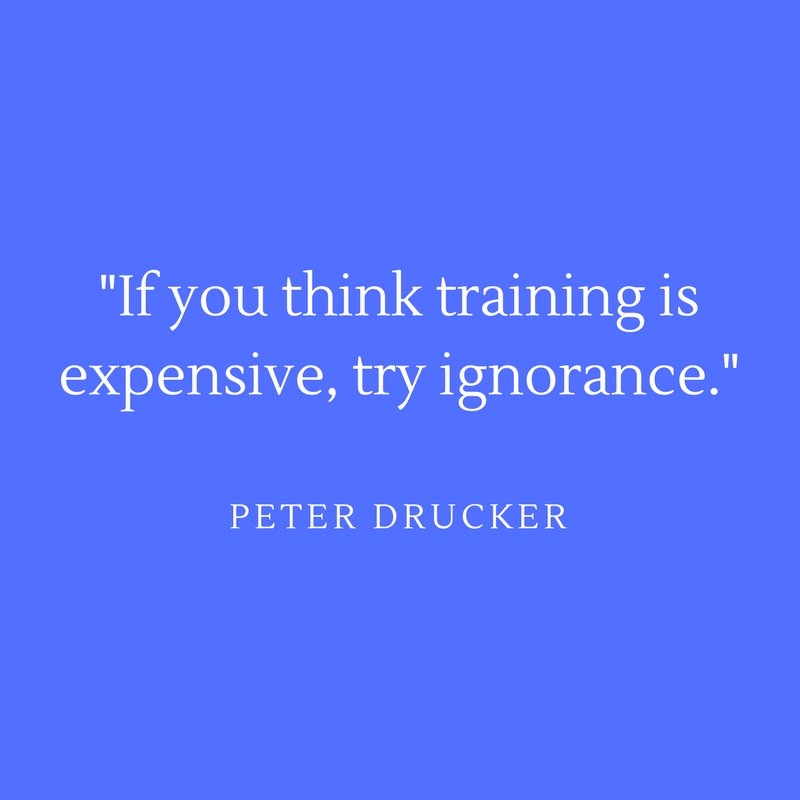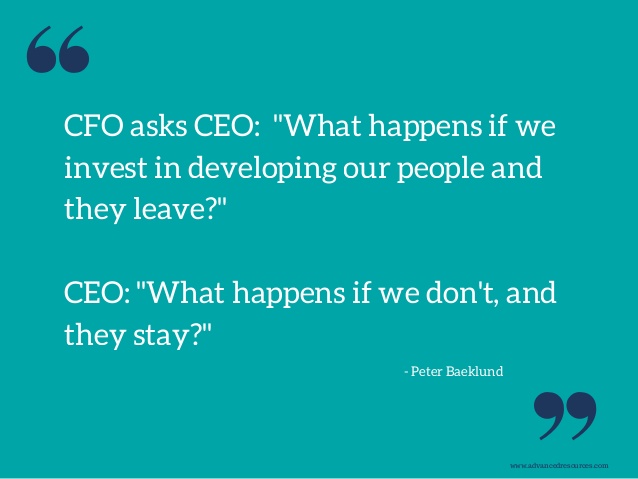Walt Disney said ‘It’s kind of fun to do the impossible’ but, unfortunately, many project managers seem to think, or have been trained to think, that ‘It’s kind of impossible to do the fun’ when in reality I say ‘It’s kind of not possible to not do the fun when you’re trying to do the impossible, or something close to the impossible’.
In my previous ‘Lazy’ books – ‘The Lazy Project Manager’, ‘The Lazy Winner’ and ‘The Lazy Project Manager and The Project from Hell’ I have included as much ‘fun’ as I can think of (and get away with), even in ‘Leading Successful PMOs’ I gave it my best shot, but with this book, The Project Manager Who Smiled, the shackles are off and it is 100% humour all of the way.
And it is not just myself that believes in ‘fun’ at work, listen to what two people (who wrote the forewords to the book) have to say:
In our recent survey on working habits, one of the questions that we asked 2,000 team members, managers, executives and business owners was, “What stimulates your efficiency at work?” Good mood was cited as the second strongest motivator of productivity, ranking higher than such serious factors as a possible reward or fear of superiors. Over 57% of respondents said that good mood is a very powerful motivator. Only a sense of responsibility received more votes.
This data seems to show that if we want to work on our projects in an efficient and stress-free way, a sense of fun, laughter and humor might be a tool no less powerful than detailed planning and helpful software, among many other things. Winston Churchill said, ‘A joke is a very serious thing’ so let’s plug in a bit of science before you dive into the world of project management humour.
If we look at neuroscience research as a whole, we will find a lot of reasons why humor isn’t just fun, but also healthy and useful. First, endorphins are released, which trigger positive emotions and make difficult things seem easier. I once asked one of PMI Global Congress organizers, Paula Jayne White, about the lessons learned from orchestrating such a large event. She emphasized the immense value of humor, stating, ‘It’s the only way to manage all of the moving parts, so that the event comes together flawlessly’.
Now, going back to neuroscience, there are also other chemical processes in the brain which make a direct impact on stress and tension reduction. Pumping some extra oxygen to the brain, laughter literally gives the brain more ‘fuel’ for thinking, working and learning.
At work, a good laugh not only reduces tension and relieves stress, but also helps to increase team bonding and boost morale. Many businesses, both big and small, demonstrate original ways to incorporate fun into work. For example, representatives of Volvo shared how they held online parties across distances. Say, a team from one country ordered food into the office in another location for an impromptu celebration; everyone loved it!
At Wrike, we are ahead of the curve in a very competitive market. This takes a lot of hard work, and one of our productivity ‘secrets’ is that humour is a large part of our culture. It keeps stress low, promotes team spirit, and boosts creativity. We create internal graphical memes that we display in our break room, fun T-shirts, and brainstorm April Fool’s Day press releases. One imaginative new feature that has been discussed is a Wrike toaster that imprints your daily to-do list into your bread. Another idea is a Wrike gamification package with a bag of carrots, a stick and a collection of Boy Scout badges.
During our regular team video-conferences that bring together multiple offices, we discuss the latest achievements and future plans, with stats, graphs, mock-ups, and other more technical things. However, we also share some of our leisure photos and fun stories. It’s a great way to get to know each other better so that the team is connected not just professionally, but also socially. Work is big part of our lives, and we love it.
There are many different ways in which humour can help you and your team at work. So, enjoy the abundance of fun stories in this book, smile and get inspired for creative solutions to the challenges you face on your project management journey.
Have fun and stay productive!
Andrew Filev is the founder and CEO of Wrike, a leading provider of project management software that makes daily work easy and stress-free for thousands of companies.
What do you want out of your work life? Think about that for a second.
If your answer is ’a steady pay check and peace and quiet until retirement’ then don’t bother to read this book. You can just go right ahead and join the army of disillusioned, cynical zombies slogging through their work life in a permanent state of ennui, though why anyone would want to, I’ll never understand.
But hopefully your answer goes a little something like this:
’I want to kick butt at work, deliver great and successful projects and make a difference. I want to wake up in the morning excited to go to work and have a great time while I’m there. I want to be an inspiration to my co-workers and everyone around me – I want them to be happy that I’m there. I want to come home from work fulfilled and with energy to enjoy my family, friends and my life.’
If this is you then this is the book for you. And what’s more, I salute you for having the stones to go against the grain and deciding to actually enjoy your work life and just have some ‘fun’.
Think about it: You will spend a third of your life at work. You’ll spend more of your waking hours at work than on anything else, including friends and family. Make those hours count. Make them enjoyable and fun. And make sure that the results that come out of those hours are worthy of your time.
And this is not soft, idealistic, naive, hippie thinking. This is about enjoying work, certainly, but it’s also about success. Because people who are happy at work do better work. When you’re happy, you are more productive, more creative, more open, more likeable and a better leader. You’re also less stressed and get sick less often.
This also means that there’s a business pay-off to happiness. In short, happy people make for successful projects and successful projects, along with all of those happy people, make happy companies which guess what? Make more money.
So read this book and learn how you can enjoy work more and be more successful. And why anyone wouldn’t want that, I’ll never understand!
Alexander Kjerulf is the founder of Woohoo inc and one of the world’s leading experts on happiness at work. He is a speaker, consultant and author, presenting and conducting workshops on happiness at work at businesses and conferences all over the world.
So there you have it – ‘fun’ is good!
I do really believe in all of this fun stuff you know. Time flies when you are having fun and project work gets delivered, and delivered well, when the project team is having a jolly good time.
The Project Manager Who Smiled is packed full with ideas and jokes, inspirational thoughts and quotes, suggestions and maxims, anecdotes and all manner of good material that I just know you will steal and use in your own projects – and that is exactly what I want you to do.
Go ahead and don’t be shy out there – fill yer boots!
In between all of my personal thoughts and the great submissions I received from project managers all over the world there are some superb contributions under the heading of ‘PM Celebrity Gossip’ from some project management experts that I have had the pleasure of meeting, and in some cases, working with, in the past. I know you will love these.
And there are two fabulous case studies of organisations ‘walking’ with joy on the fun side of the project world, and not only that, seeing some real return on the investment as a result.
I hope that you enjoy it and share it all with your project teams.
Peter ‘The Lazy Project Manager’ Taylor
To get a great deal on the book go to www.thelazyprojectmanager.com and select The Lazy Store option
And have a smile with this YouTube video of Father Christmas meeting The Lazy Project Manager http://youtu.be/JfUqGuKNZIs




